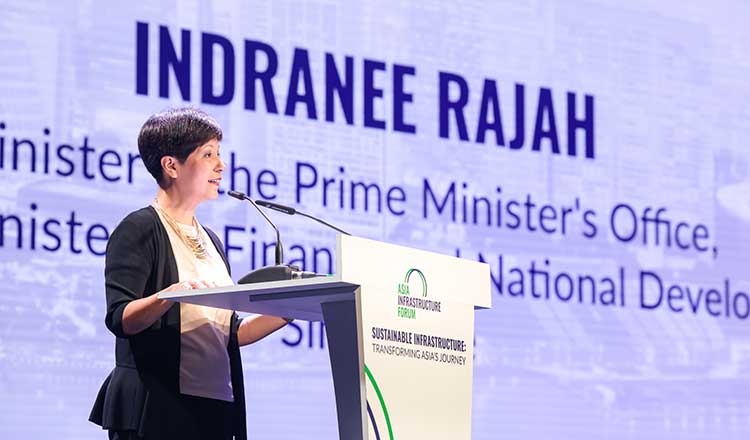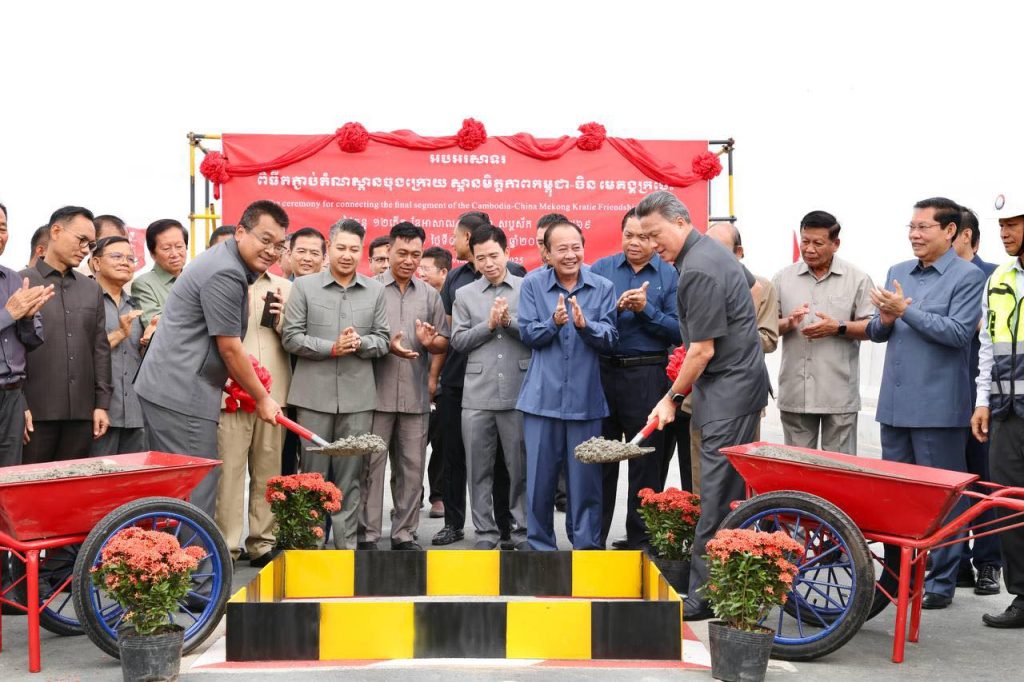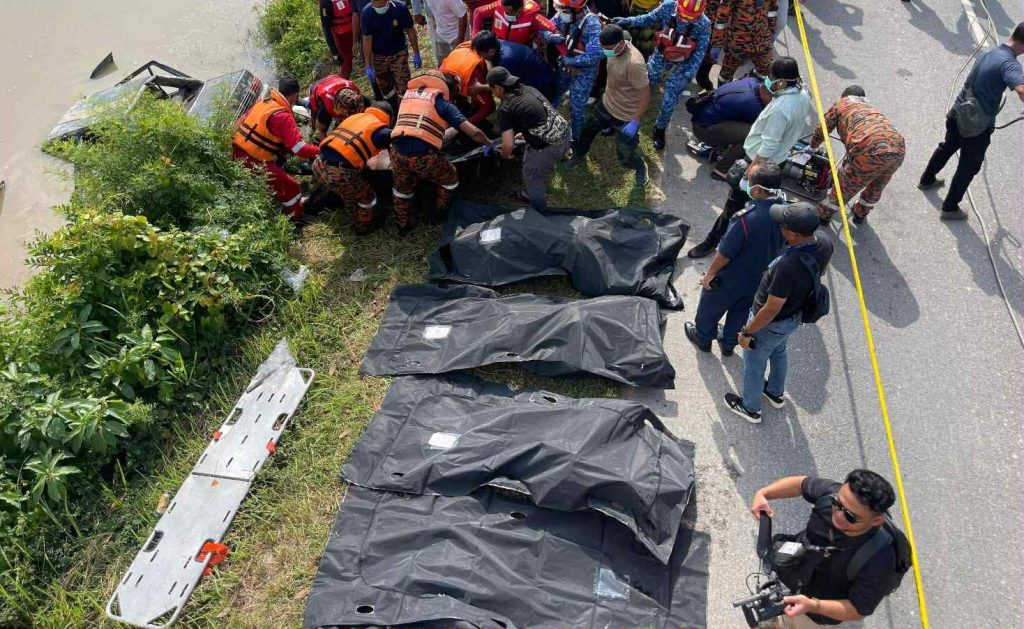
Singaporean minister pushing for faster green economy switch


“The recent weeks of record-breaking heat in Southeast Asia and the unprecedented floods around the world are no longer infrequent headlines. This means that we will need to accelerate our sustainability efforts and channel resources to climate change mitigation and adaptation,” she said.
The minister added that Asia is expected to deliver two-thirds of global growth in 2024, but this growth must be achieved while prioritising sustainability.
“In fact, there are synergies between climate and economic outcomes, and countries can achieve both in tandem through transitioning to a green economy,” she added. “Southeast Asia’s green economy, in particular, is set to generate an additional US$300 billion per year, making up about 5 percent of the region’s Gross Domestic Product (GDP) by 2030.”
Indranee called for more financing for developing regions to build infrastructure at scale and accelerate sustainable infrastructure growth.
“While green infrastructure investments are on the rise, the proportion deployed in developing economies has, in fact, decreased,” Indranee explained. “Unlike developed nations, developing countries often lack fiscal flexibility for infrastructure projects as they have scarce resources and many competing priorities.”
The minister added that while Asia’s green economy could transform the region, it requires new financing models to unlock its full potential.
“Aside from public and private funding, another significant yet untapped source is philanthropic capital. Philanthropic funders, such as the Global Energy Alliance for People and Planet (GEAPP) and Tara Climate Foundation, are supporting climate initiatives such as sustainable infrastructure development.
“Together with commercial capital and capital from multilateral development banks, blended finance can catalyse more sustainable infrastructure projects by improving their bankability and, at the same time, providing better social returns,” she said.
The minister highlighted several examples of successful partnerships and initiatives, including Financing Asia’s Transition Partnership, which aims to mobilise up to US$5 billion through blended finance for green and transition projects in Asia.
She also mentioned the Climate Innovation and Development Fund, which leveraged a grant of US$25 million to mobilise an investment of US$500 million from the private and public sectors.
The minister also touched on the importance of enhanced collaboration between the public and private sectors throughout the infrastructure project lifecycle. She cited examples such as the Green Energy Auction Programme in the Philippines, which has attracted interest from international developers and financiers.
According to Infrastructure Asia, Southeast Asia needs to invest US$120 billion annually through 2030 for sustainable and climate-resilient infrastructure. As investment demands for infrastructure continue to soar, closer collaboration between public agencies and private organisations will be key to bringing infrastructure projects to fruition.






